A Benares Dancing Girl
Note how nicely the stamp is positioned in line with the woman's arms; according to the so-called "language of stamps" current at the turn of the century, this stamp position might mean the sender is asking "Do you love me?" or even "Your love

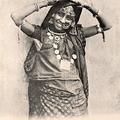
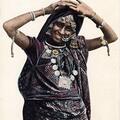
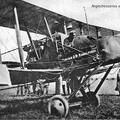
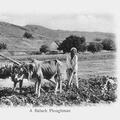
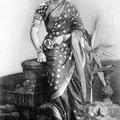
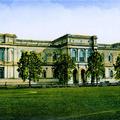
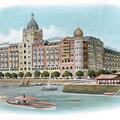
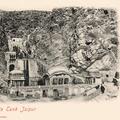
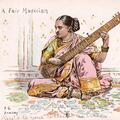
![Bara Bazaar. Hyderabad, Dn. [Deccan] Bara Bazaar. Hyderabad, Dn. [Deccan]](https://www.paperjewels.org/sites/default/files/styles/square_thumbnail/public/slides/bara-bazaar_0.jpg?itok=260YDe5R)